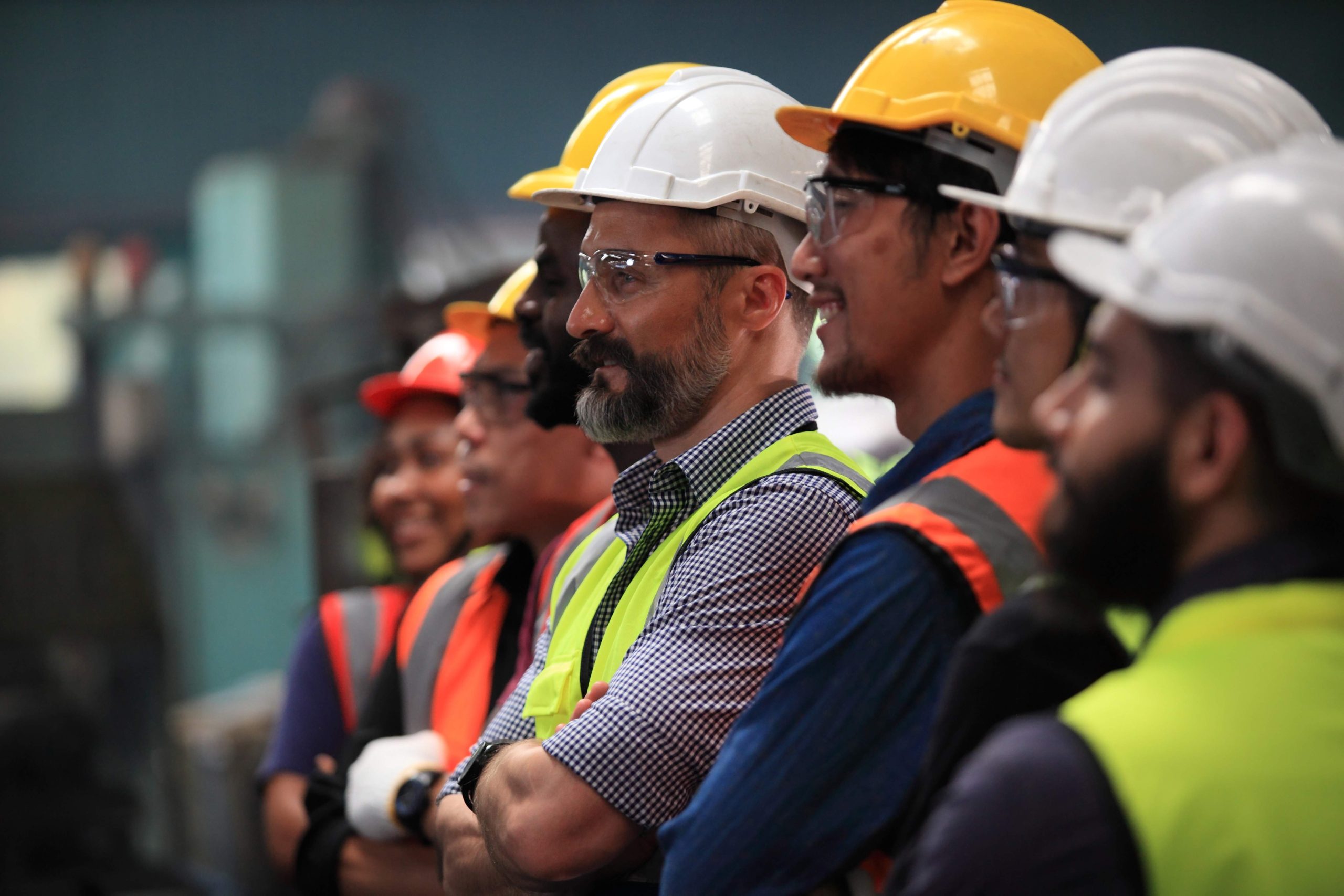Retrofitting Historic Buildings Could Generate £35bn Economic Output

A recent report has revealed that improving the energy efficiency of historic properties could reduce carbon emissions from the UK’s buildings by an estimated five per cent each year and generate £35 billion of output in the economy. Hydrogen Industry Leaders explores the main findings.
The ‘Heritage and Carbon’ report was published by the National Trust, Historic England, the Crown Estate and property companies Peabody and Grosvenor.
It sees the organisations have come together to highlight the huge social, environmental and economic opportunities offered by building a workforce with the necessary skills and training to ensure the UK’s historic buildings contribute to a net zero future.
Over 100,0000 Additional Workers Are Needed To Retrofit Historic Buildings
Buildings in the UK are responsible for around a fifth of the nation’s GHG emissions, with historic buildings accounting for a significant proportion.
Retrofitting these buildings can help to tackle GHG emissions. For example, ensuring that windows and heating systems are more energy efficient will lower emissions and prolong the life of an older building. This avoids the carbon emissions associated with demolishing and building new, particularly with the large number of carbon emissions from cement and steel produced by construction.
The report revealed that more workers will be needed to retrofit these buildings: “Our analysis points to the need for an additional 105,000 full-time workers to retrofit historic buildings each year through to 2050. This is on top of the 100,000 already working in professions associated with the retrofit of historic properties.”
Within this 105,000, 81,000 workers will be required to retrofit residential historic buildings and 24,000 will be required for historic commercial stock.
How Can Upskilling And Training Be Encouraged?
To avoid creating a backlog of work and a surge in demand for the right skills in the 2030s, it is vital to develop the necessary capacity and skills within the construction industry. For example, plumbers will need to be able to work with heat pumps and hydrogen boilers. Many existing workers will need to be taught additional specialist skills to ensure heritage characteristics are protected and the work undertaken is appropriate to the type of construction.
In order to ensure that workers are provided with the necessary skills, the report outlines that the UK needs a long-term national strategy to help tackle the UK’s building stock. It said: “Government should work with industry to package together skills, training, funding, standards, and advice into a National Retrofit Strategy. This will provide the long-term certainty needed for businesses, training providers and local Government to build capacity and will provide clarity to consumers, clients, and employers.”
Within this strategy, help must be made available to support the training, upskilling and consumer advice necessary to effectively improve the energy efficiency of the country’s historic built environment.
In addition, the report has encouraged the government to make the apprenticeship levy more flexible, allowing unspent funds to be channelled into training more people in the heritage retrofit field.
It explained: “We recommend that Government looks to make apprenticeship levy funding more flexible by allowing unspent funds to be used to improve the reach and delivery of existing retrofit qualifications in the supply chain. This would enable organisations to better address these challenges through their own activity.”
How Can The Social Housing Sector Learn From This?
Historic buildings are harder to retrofit because fitting modern, impermeable insulation to traditional solid-walled buildings can cause serious damp and mould problems as old walls are designed to be vapour permeable.
The UK’s social rented sector is already investing and innovating in its quest to get to net zero and the energy performance of the UK’s social rented sector is significantly better than private housing, partly because of energy efficiency and fuel poverty regulations, and partly because social landlords are proactively tackling the energy efficient retrofit of their properties. However, more can be done.
There are currently many barriers to completing social housing retrofits such as concerns around unproven technology or approaches, skills shortages, and the absence of a sustainability strategy or retrofit plan within the organisation. Those who successfully complete historic building retrofits can share best practices with the social housing sector to help the sector overcome these barriers.

